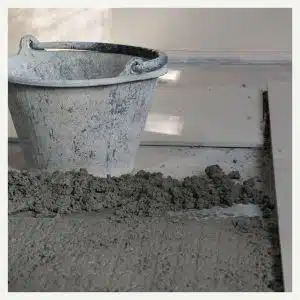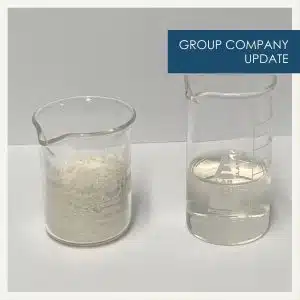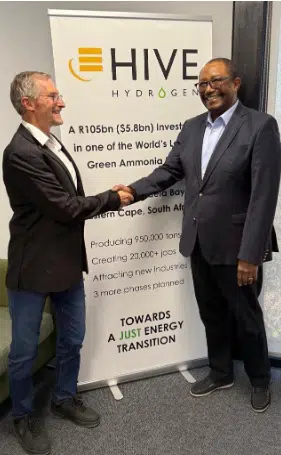Cement and concrete are a fundamental part of today’s world and vital to the global construction sector. They have been used to build durable structures since Roman times. Thanks to the special binding properties of cement, concrete is a very resilient, durable material that can bear heavy loads and resist environmental extremes.
What is cement, and how is it damaging our planet?
Cement is a hydraulic binder (it hardens when water is added) and mixed with sand and aggregates it forms concrete.
Making cement is the most carbon-intensive part of concrete production. It involves using fossil fuels to heat a mixture of limestone and clay to more than 1,400 °C in a kiln. It is estimated that this process can produce up to 1 tonne of carbon for every tonne of cement made. Versatile and long-lasting, concrete buildings and structures are in many ways ideal for climate-resilient construction. However, the problem is that concrete has a colossal carbon footprint — at least 8% of global emissions caused by humans come from the cement industry alone.
To put this into perspective, if the cement industry were a country, it would be the third largest carbon emitter in the world with up to 2.8 billion tonnes, surpassed only by China and the US.
Why are we so reliant on cement?
Affordable and versatile, strong, and resilient, safe, and durable – cement and concrete are crucial for the construction of infrastructure, including dams, bridges, and tower blocks, and are the key to future sustainable development.
Worldwide, around 30 billion tonnes of concrete are used each year. On a per capita basis, that is 3 times as much as 40 years ago — and the demand for concrete is growing more steeply than that for steel or wood.
Concrete is the most consumed substance on the planet, after only water.
How Hive Aggregates is changing the cement industry
The good news is that there are alternatives to cement that allow concrete to continue to be used, and this is where Hive Aggregates comes in. We are working on a sustainable solution. We’re proposing to use industrial by-products to create a cleaner future for building products.
This includes developing projects to use pulverised fuel ash waste to manufacture a cement substitute. The ash is created by power stations when burning coal, so the material is already available and currently sat in landfill as a by-product of the coal industry. We will use innovative bulk drying technology to transform the waste material into a sustainable cement substitute to save millions of tonnes of carbon and reduce the use of natural resources.
We already have several sites in the UK and plan to produce 1 million tonnes of cement substitute material every year once in full production. Research shows that each tonne of the material used in cementitious applications can save close to the same amount of carbon.
To learn more about Hive Aggregates, and why the cement industry is so damaging, click the button below.







